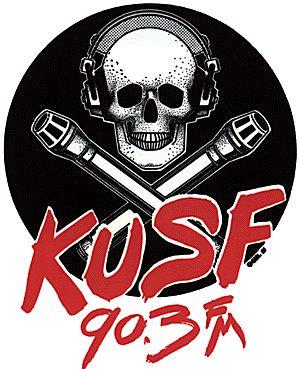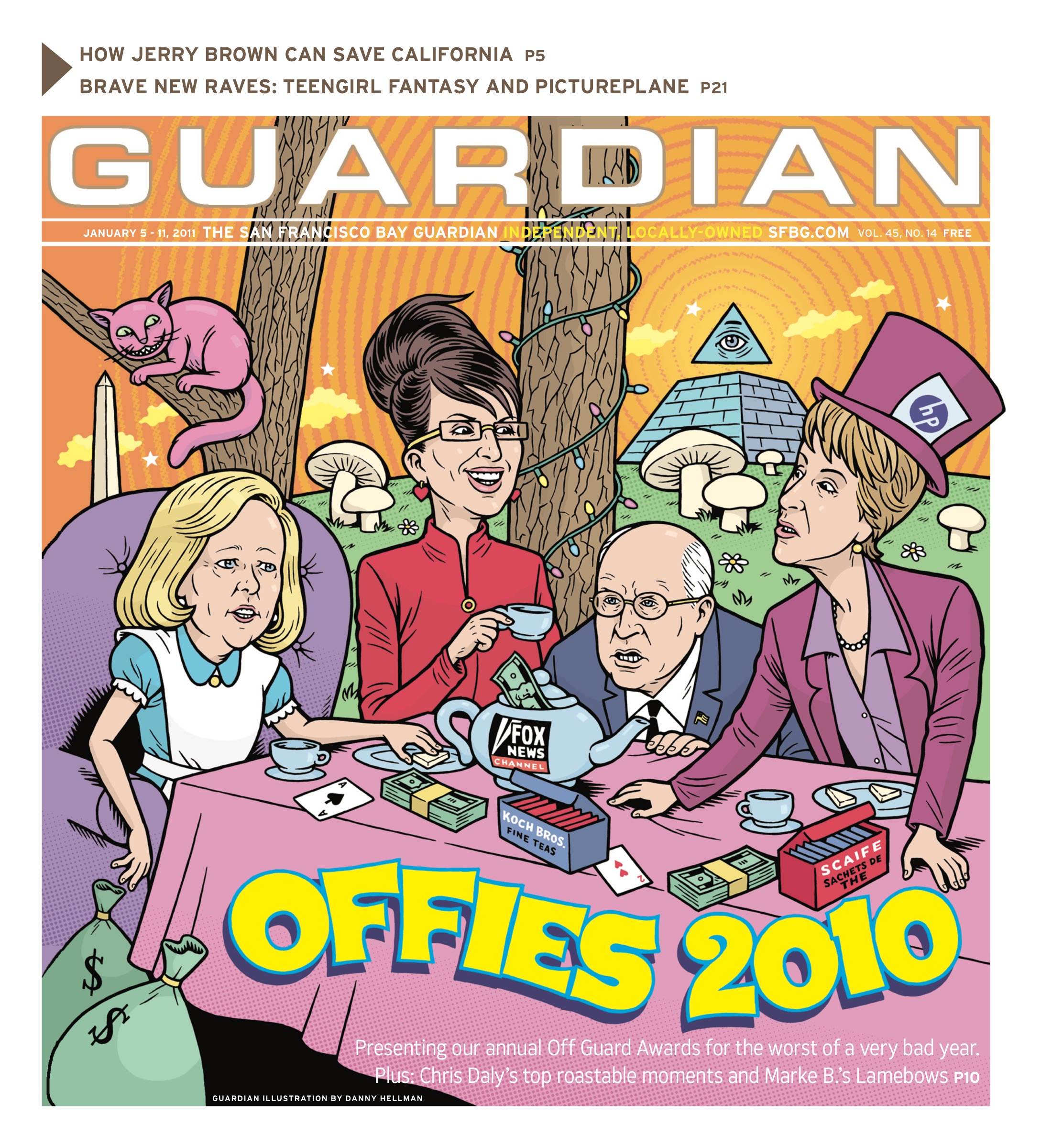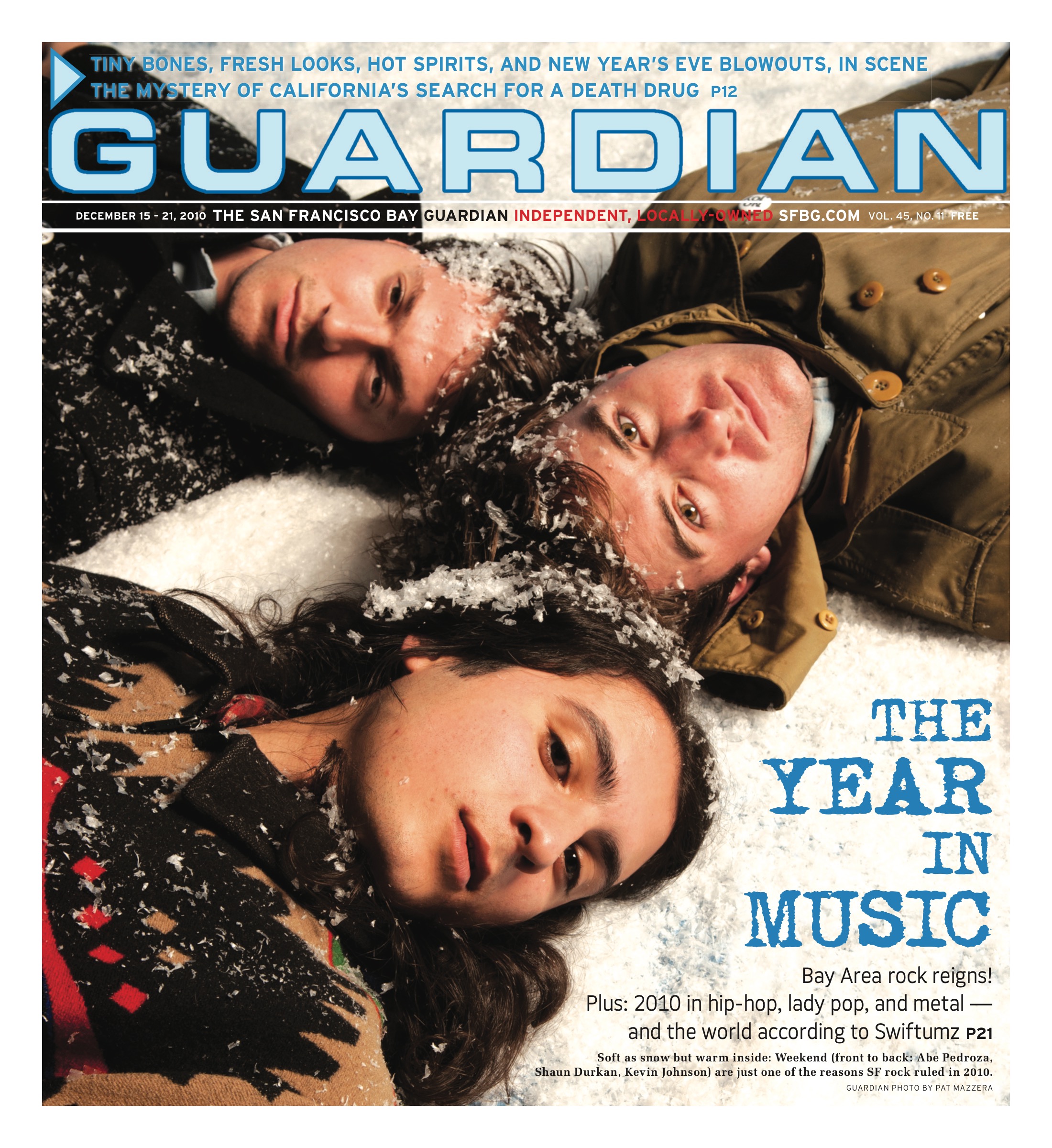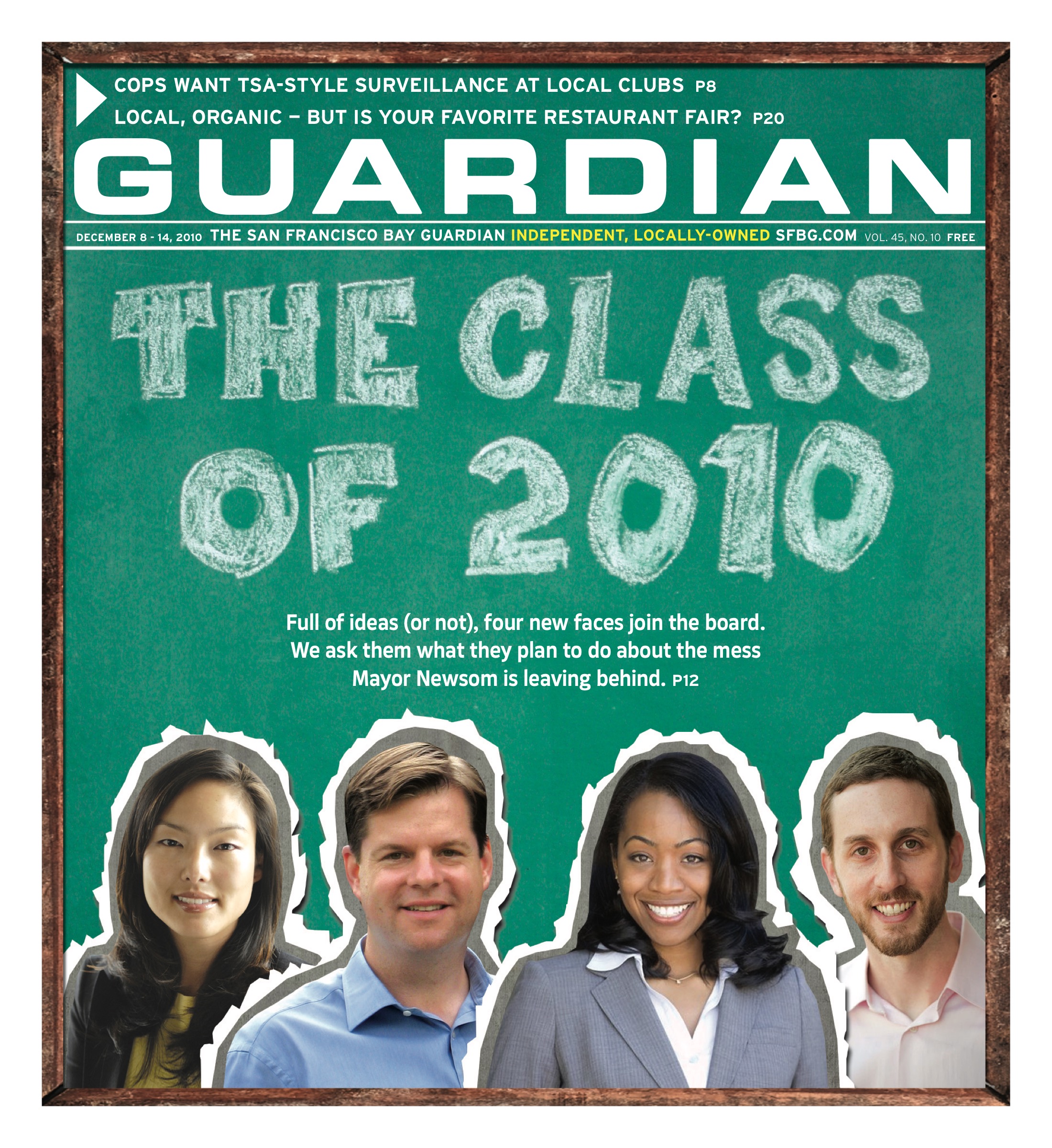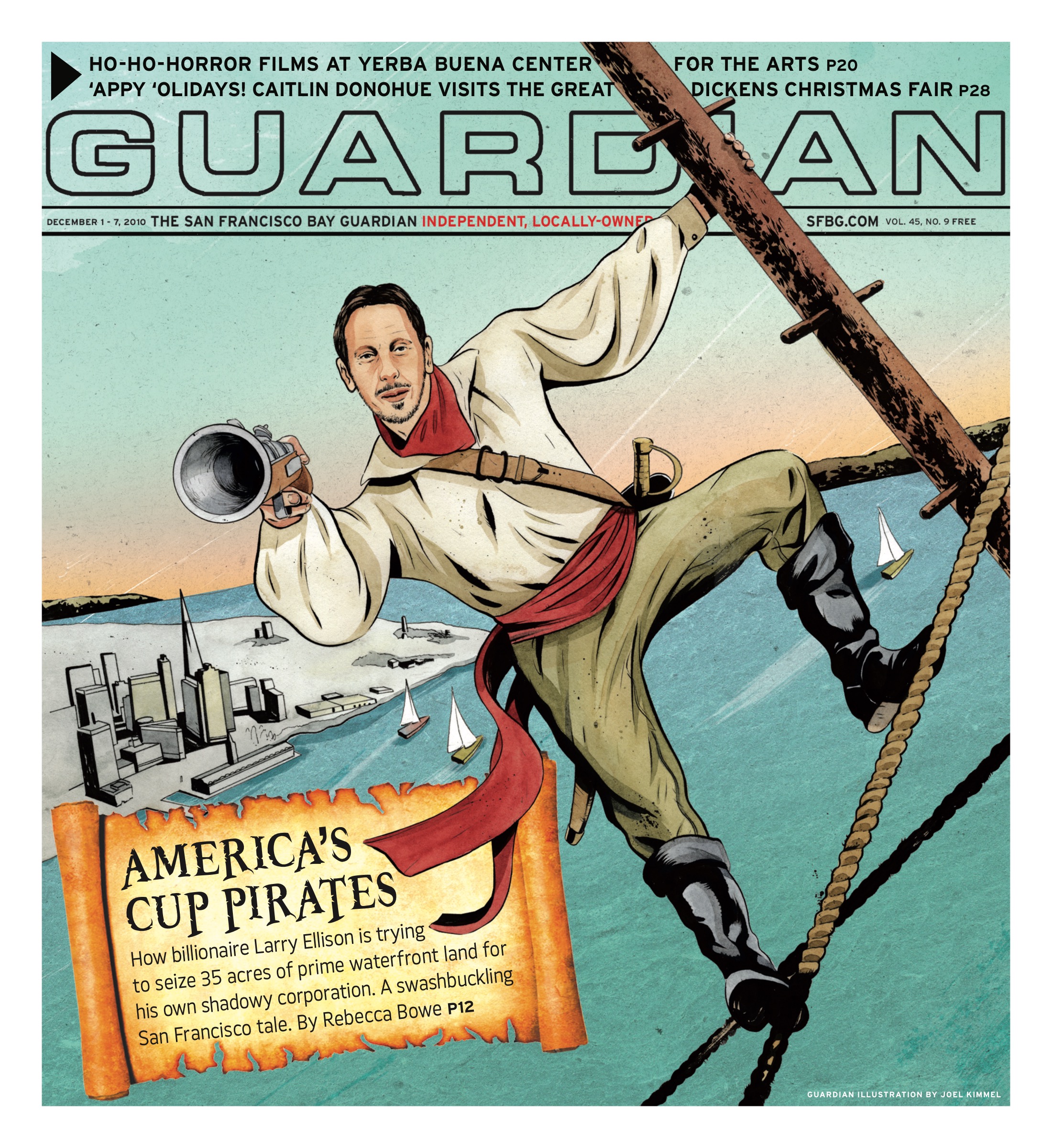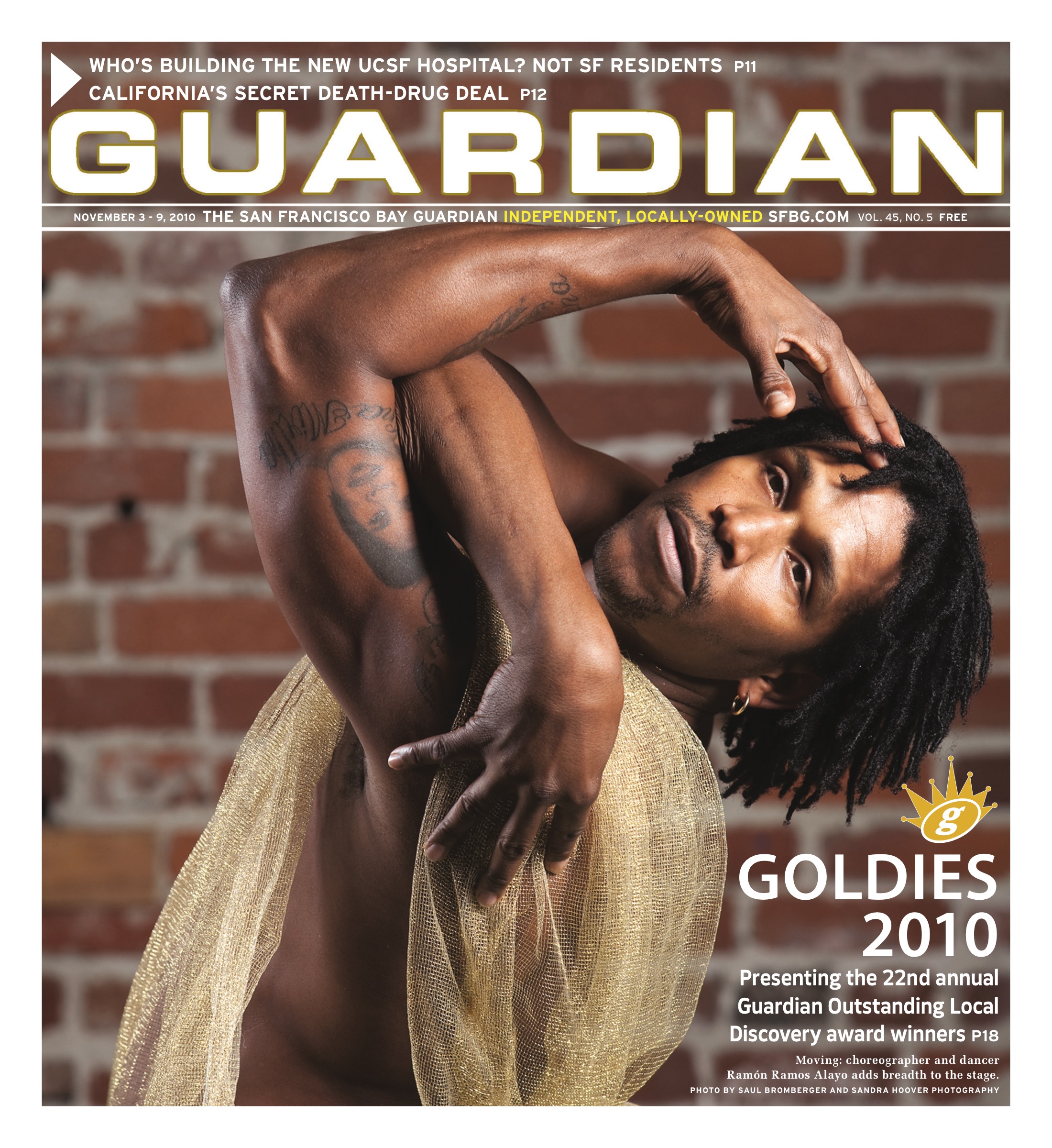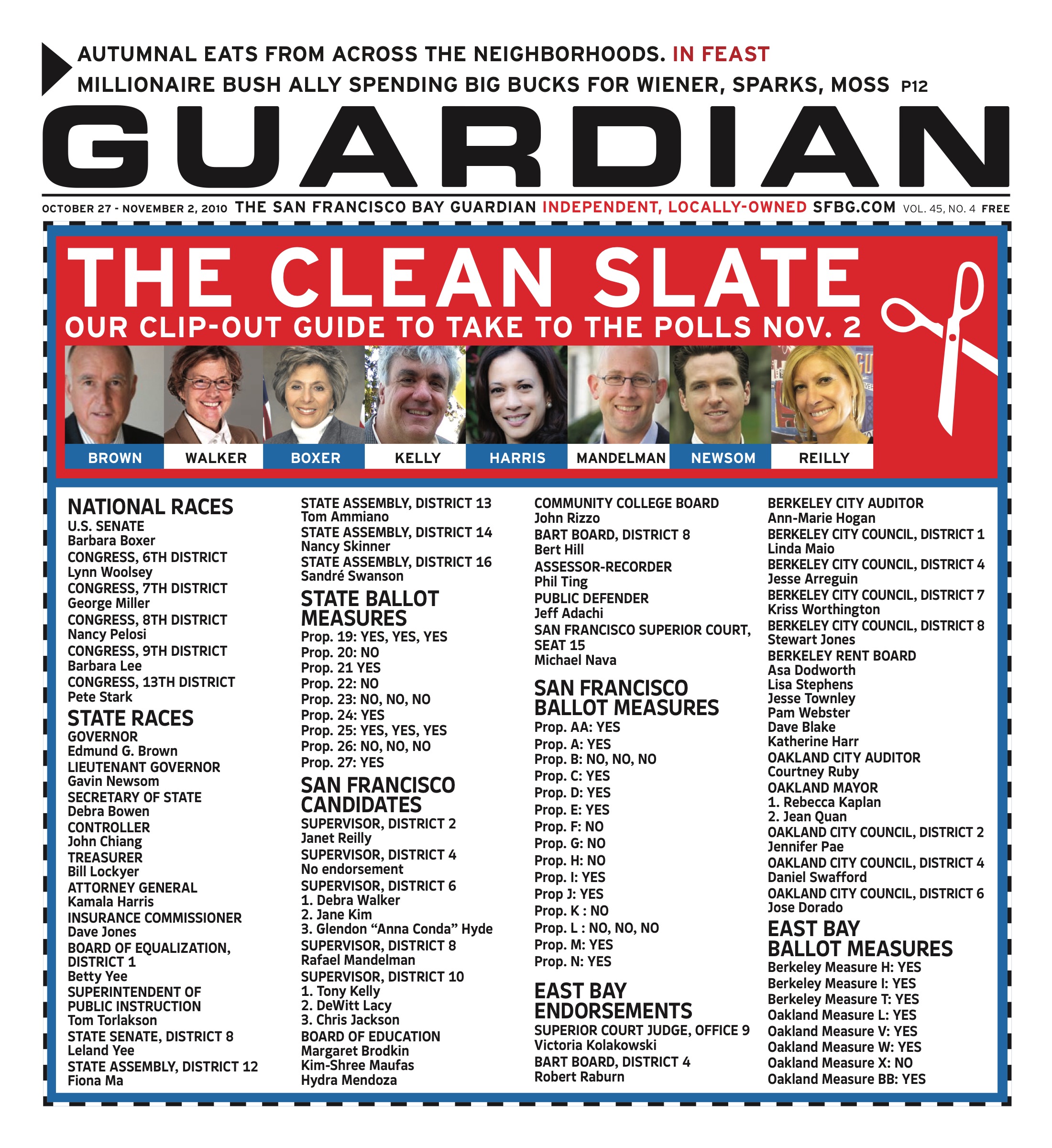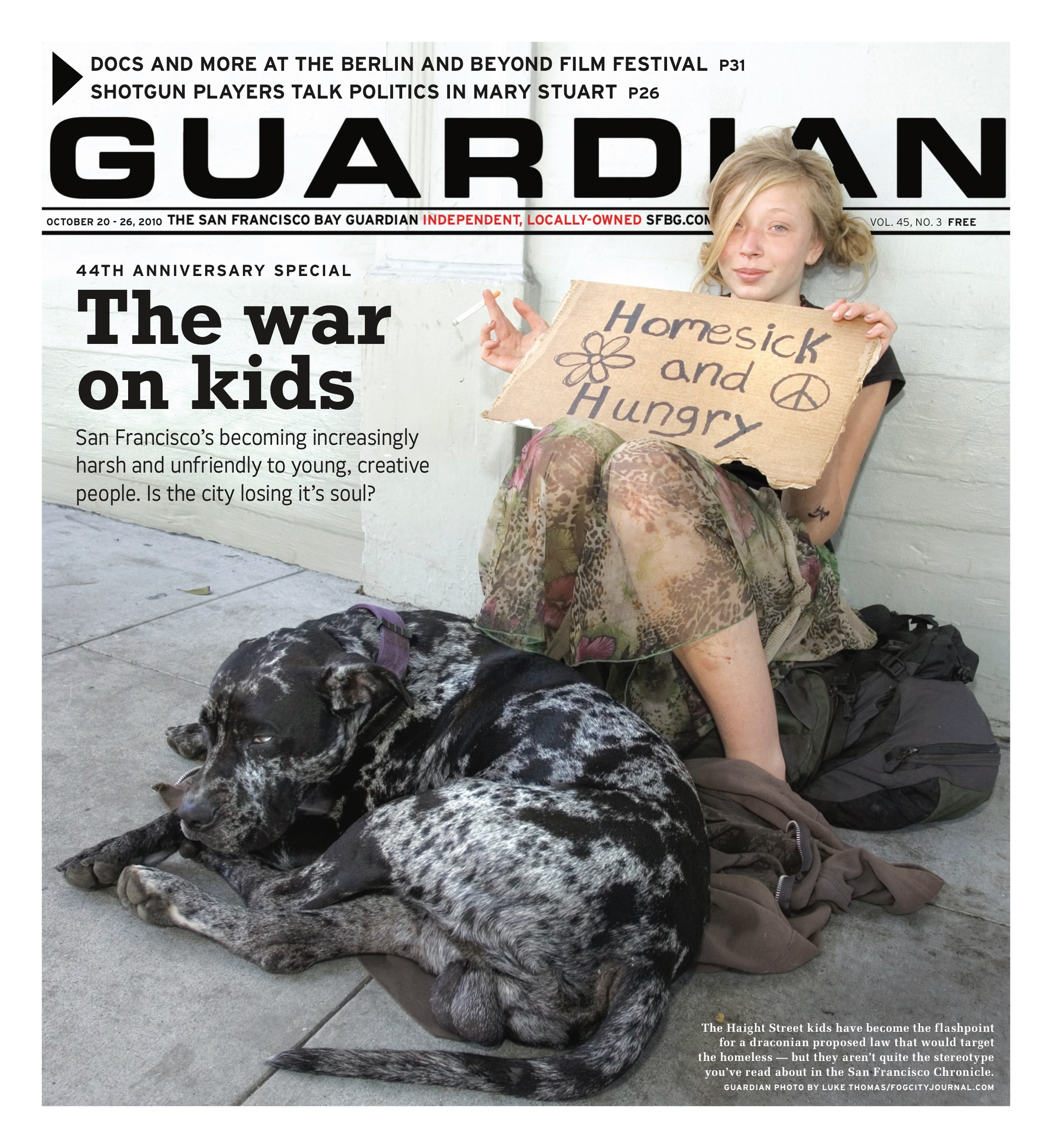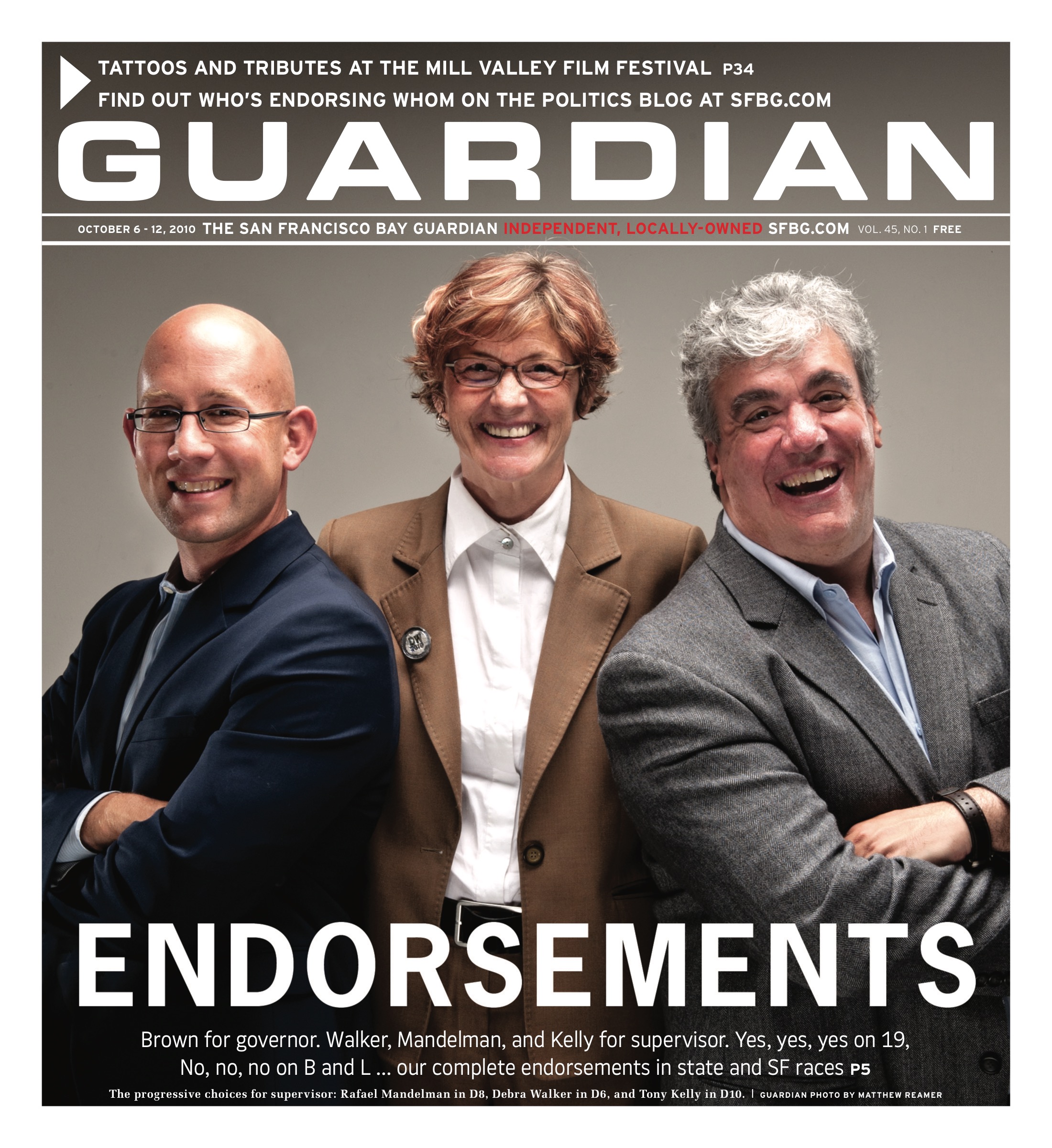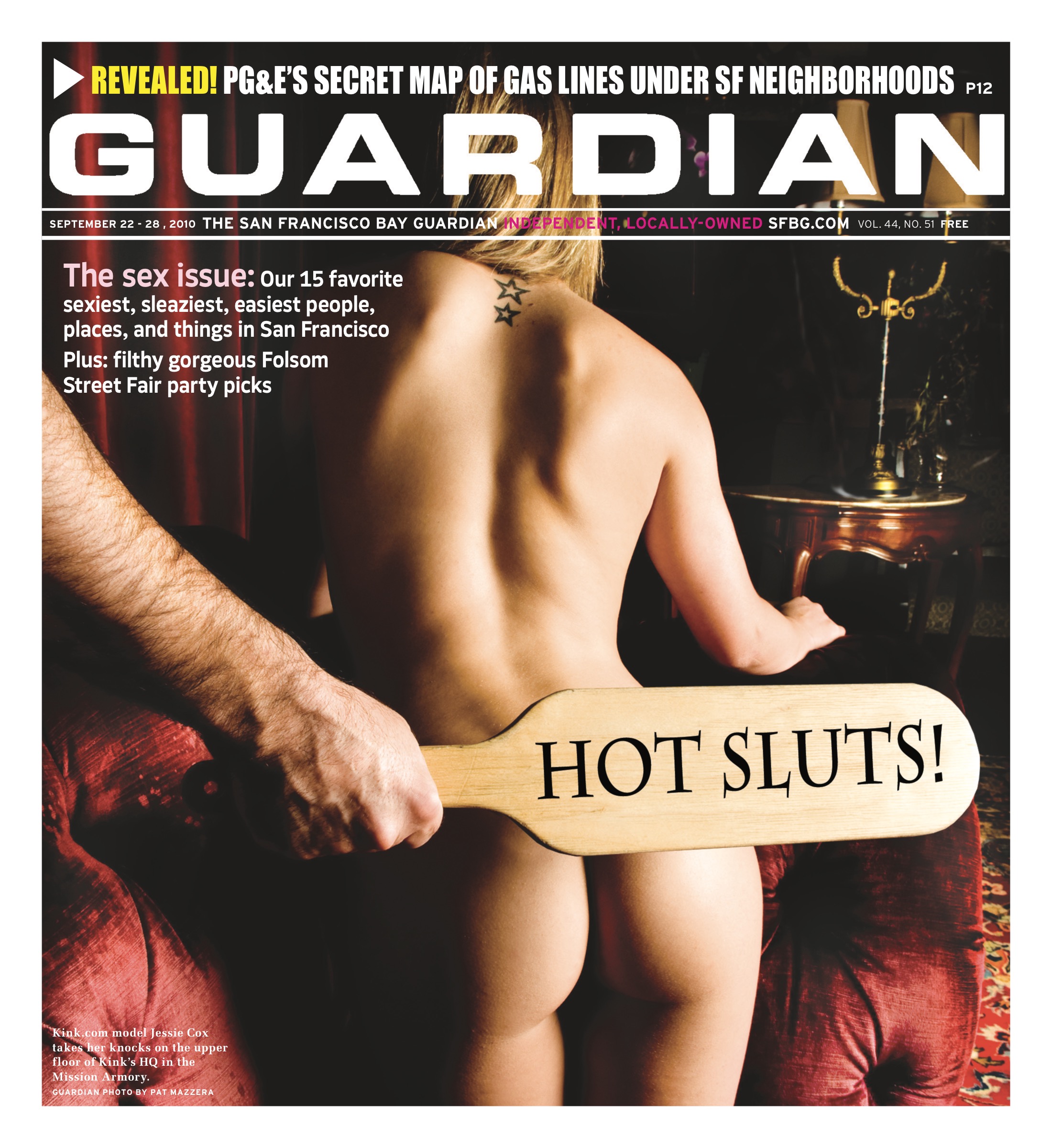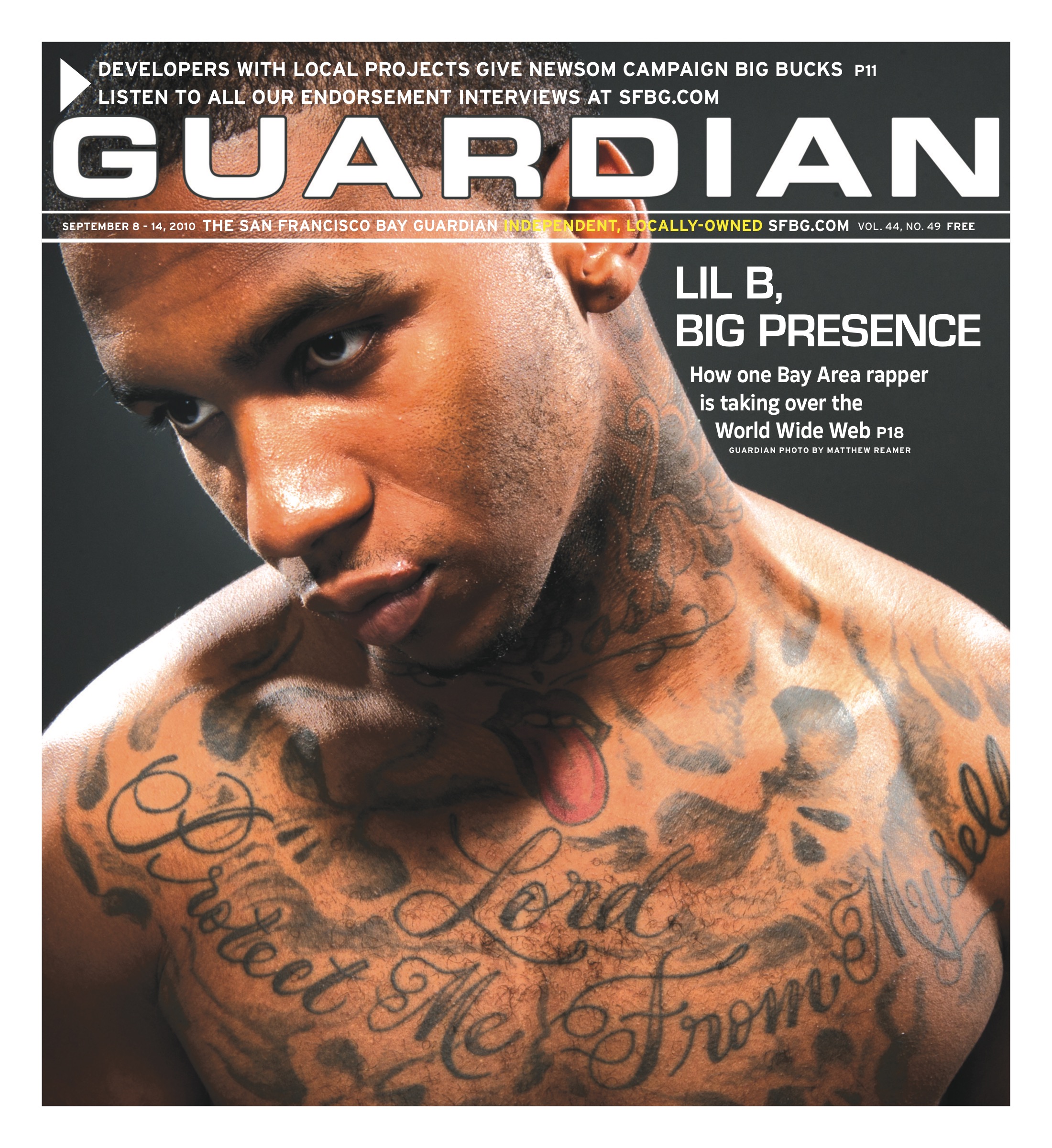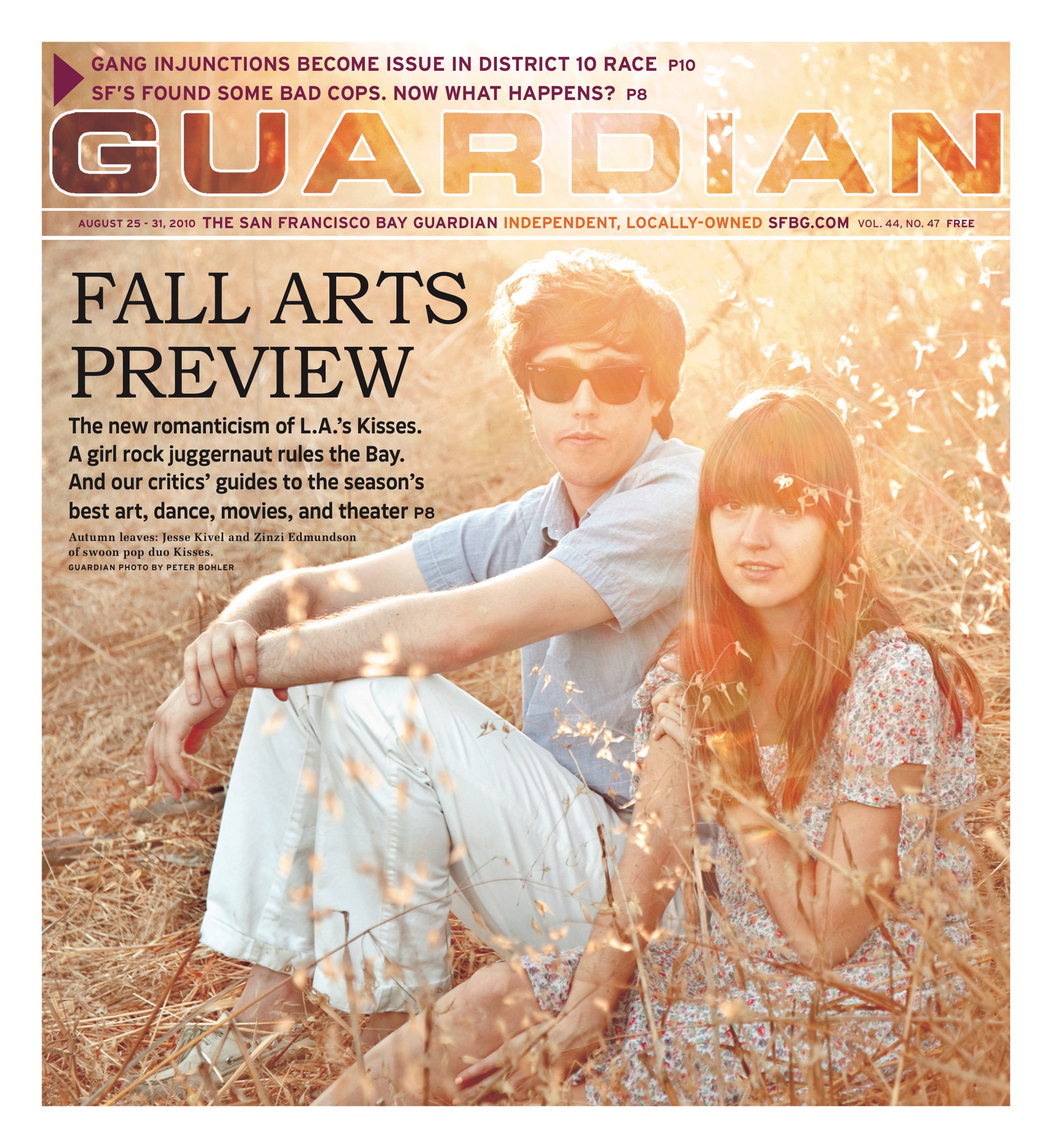Today the University of San Francisco (USF) announced that its radio station, KUSF, is moving to an online-only classical music format.
Before its transmission unceremoniously went to dead air and static, KUSF had been on air for 34 years. An important independent media source, it’s been one of the Bay Area’s chief sites for new and innovative music, with DJ-informed playlists devoted to local, experimental, international, “loud,” and “other” music, in addition to genres such as rock/pop and hip-hop.
Some volunteers and staff members discovered the change in-person. “When I came in [this morning] they’d just shut things off,” said Miranda Morris, the station’s Marketing and Advertising Coordinator. “They proceeded to have facility management change the locks, and I was asked to go home for the day.”
According to a statement from the university, the FCC license for 90.3 FM has been assigned to the USC-owned Classical Public Radio Network, which plans to launch a Bay Area non-commercial classical musical station. “The move to online-only distribution gives KUSF a powerful opportunity to grow its worldwide audience,” the statement declares.
USF’s President, Rev. Stephen A. Privett, would not comment on the sale. His office directed calls to Gary McDonald, USF’s Assistant Vice President for Public Affairs, who did not respond by press time.
Before the sale, “there’d been rumblings in terms of a possible move [of the office],” said Irwin Swirnoff, the KUSF DJ behind “Sleeves on Hearts,” a weekly music show that frequently includes guest spots and interviews with local and touring musicians. “Our monthly staff meeting [in January] was eagerly anticipated because the move would be discussed. But on Monday we got an email that the meeting was canceled.
“We as volunteers decided we would meet anyway, even if it was outside. Right before the meeting, we got an email from the station manager that said staff were forbidden to meet because [the University] wasn’t ready to present details about the move, that we were moving within campus, and it would be business as usual. We took that statement at face value.”
At the moment, the amount that KUSF was sold for is unverified, as is the impetus behind the sale. “Steve Runyon, the station’s general manager, thinks the station and its transmitter were sold for about 5 million dollars,” said Andre Torrez, a KUSF volunteer. “The call letters were not sold.”
A meeting at which questions regarding the sale will be addressed is planned for 7 p.m. on Wed., Jan. 19, at Fromm Hall in the USF Campus at 2130 Fulton St., SF.
“We want to show the university the cultural and community importance of KUSF, and we want listeners to show their support of KUSF and independent media,” said Swirnoff.
“First of all this a school that prides itself on its Jesuit beliefs and values. Right now the values they are acting on are greed and dishonesty.”

